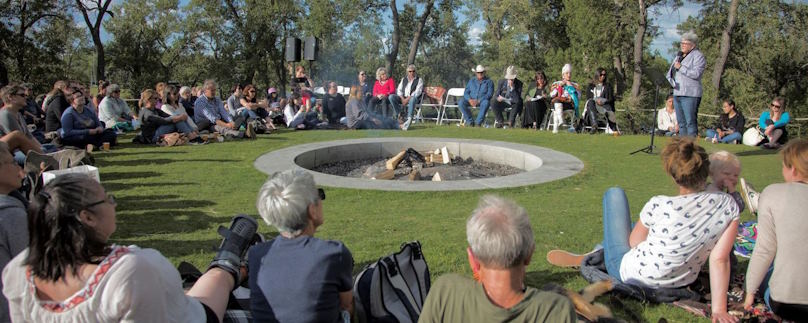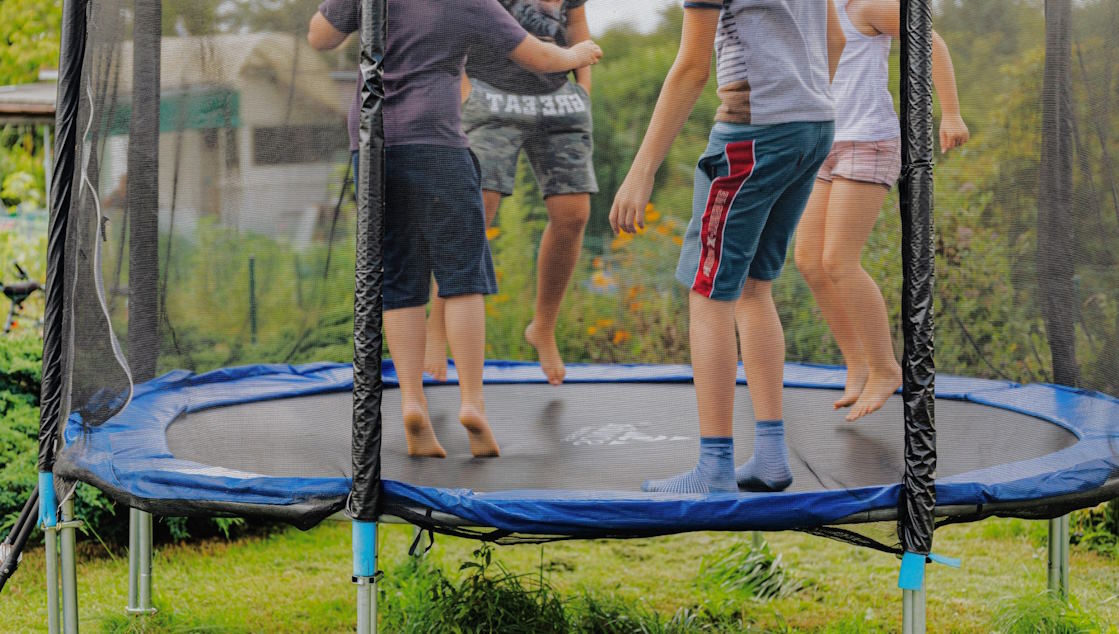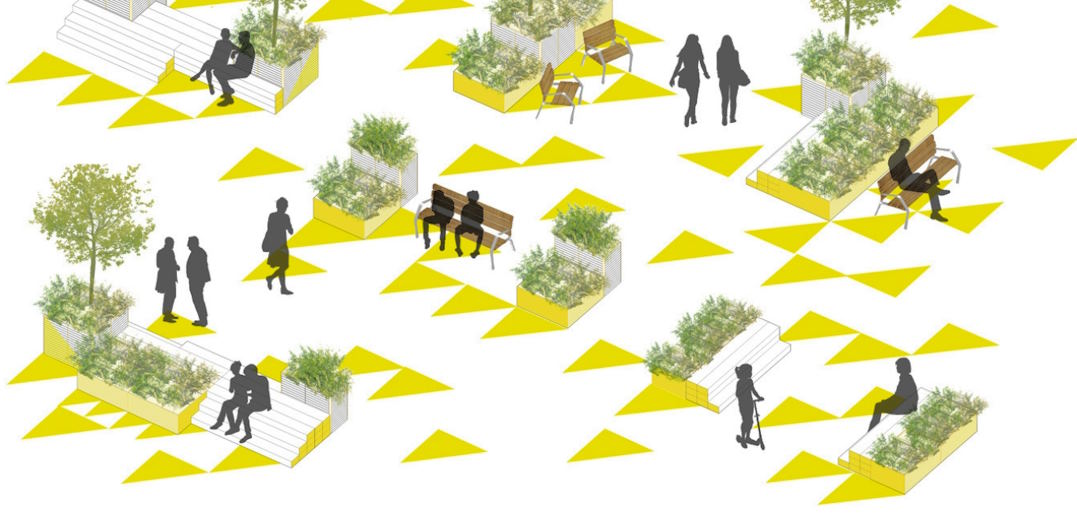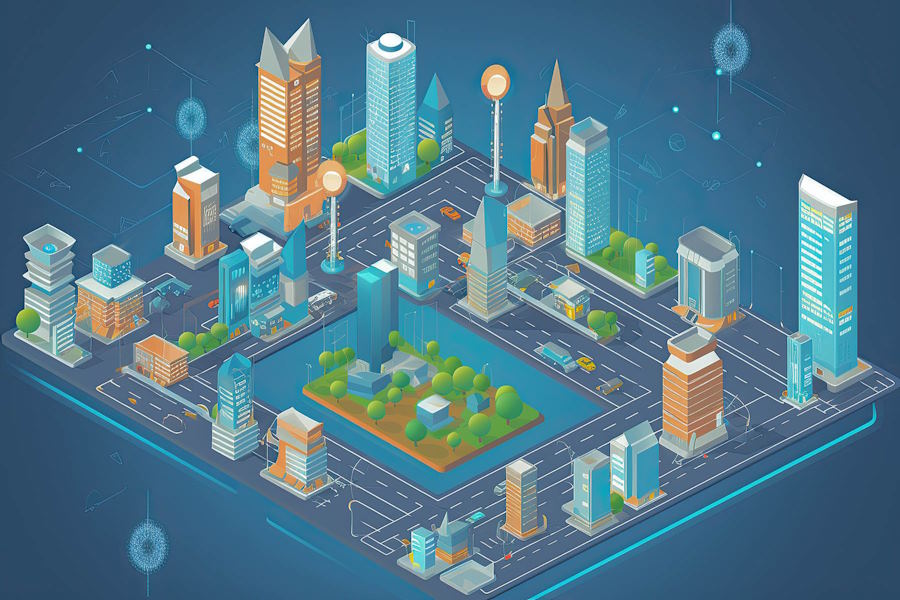How Parks Foster Community Engagement and Social Interaction
Product Information
Parks and green spaces promote community involvement, physical activity, and a connection to the natural world—all of which affect health. Healthcare professionals may even recommend nature-based programs as an adjunct to more affordable treatment options. To put it briefly, people build connections with other users of urban parks and specific places by using them. As a result of its comforting effects, this may foster social cohesiveness and for building community ties through park activities.

Provide Diverse Events and Programming for Different Races, Ethnicities, and Cultures
Park officials can create activities and events that honour various racial, cultural, and ethnic backgrounds, like music or art festivals. Such programming can promote positive interactions between people of different racial and ethnic backgrounds and send a constructive message of inclusivity and belonging. Furthermore, community parks can be the perfect location for health and wellness programs targeted at specific racial and ethnic groups.
The National Recreation Park Association (NRPA) launched the “Parks for Inclusion” initiative, which included this recommendation. The initiative noted that compared to Caucasians, people of colour who live in low-income areas are more likely to suffer from chronic diseases like obesity, diabetes, and cardiovascular disease.

Establishing Social Parity
For city planners, social inequality poses a significant challenge. Parks, however, could improve the situation by offering low-income neighbourhood dwellers a safe place. Parks can develop and host social equity programs to offer inclusive spaces and events for everyone in the neighbourhood because they provide safe spaces for people to congregate. When minority groups visit that practise social equity, they can feel safer there and that cultivating social bonds in public parks.
Parks are essential elements of urban planning that improve for promoting social interaction through park spaces, quality of life, and overall areas. Cities can enhance urban livability and community by establishing lively, approachable, and significant parks by acknowledging the importance of parks, integrating inclusive design concepts, and involving the community.


